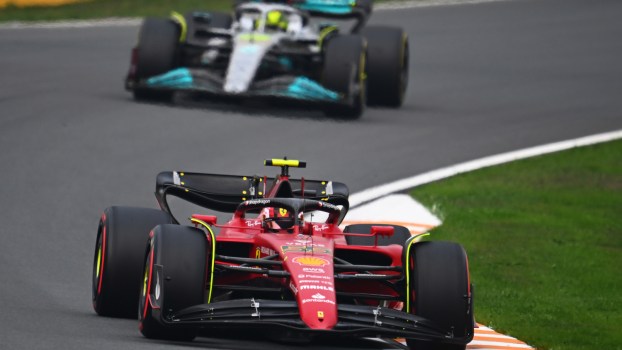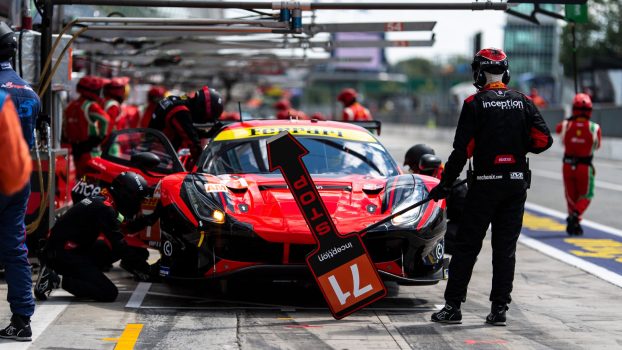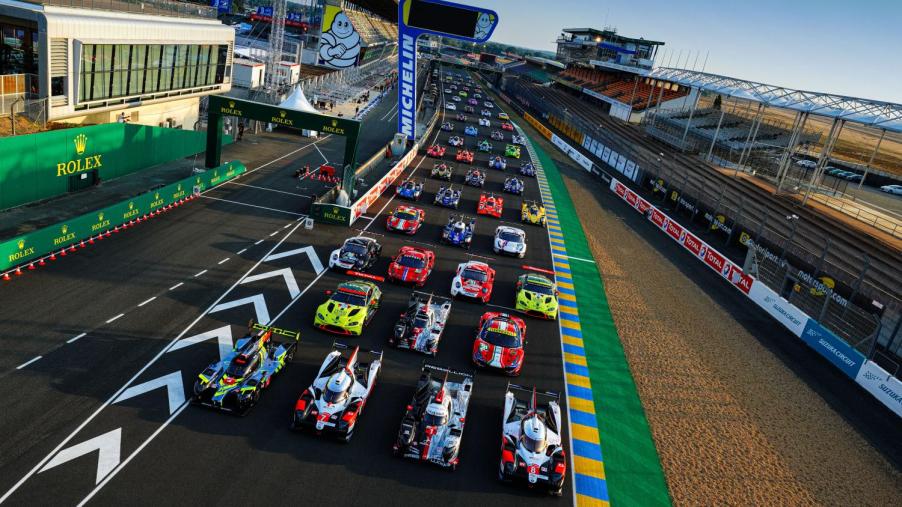
Ford Is Returning to Formula 1, Cadillac Is Recommitting to Le Mans, and Dodge May Be Coming Back to NASCAR–There’s a Pattern Here
On Friday, February 4th, I reported that Ford will be returning to Formula 1 as an engine builder. But this bold move is part of a larger pattern. Cadillac rolled out an all-new LMPH car at 2023’s 24 Hours of Daytona that signals a recommitment to endurance races such as Le Mans. I’ve also covered why I think Dodge is competing in the 2024 NASCAR season. Why do the Detroit Three seem to have renewed interest in motorsports? Because it is the perfect public stage to prove their new hybrid powertrains.
Why are OEMs leaving auto racing?
For a couple of years, enough original equipment manufacturers left auto racing that some types of racing looked like they were in trouble. One major issue was the rising cost of several racing leagues. But another cause was that automakers had no new technology they needed to invest in showing off.
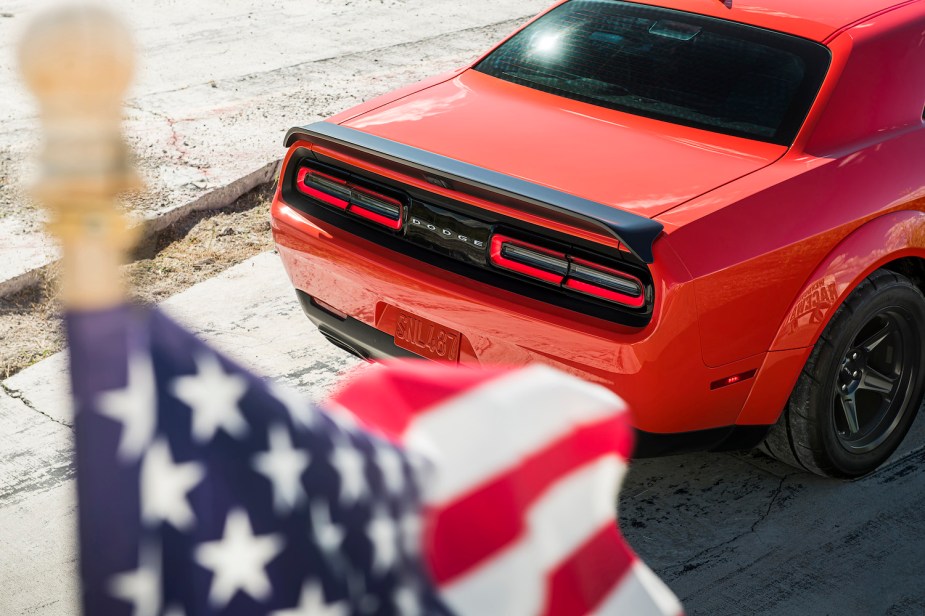
Even before WWII, automakers that won racing events enjoyed a bump in their GT road car sales. Fast-forward to the 1960s and 1970s, and the automotive industry was going through a revolution. As car companies tried different powertrain configurations, they were eager to prove them in stock car racing.
For this reason, an unofficial saying of NASCAR was, “Win on Sunday, sell on Monday.” But by the 1980s, the American V8 had such a bulletproof following that it grew harder to justify racing every year. Think about it this way, even the displacement of the American V8 barely changed for fifty years. It shocked some stock car racing fans when Dodge left NASCAR again in 2012, but the choice was fairly logical.
At the same time, Formula 1 has struggled to retain manufacturers as the cost of building a competitive F1 car continues to climb. The FIA introduced a spending cap in an attempt to lure in more manufacturers. NASCAR has a similar plan, introducing a new spec car class with a single supplier of each component to keep costs down.
The renaissance of auto racing
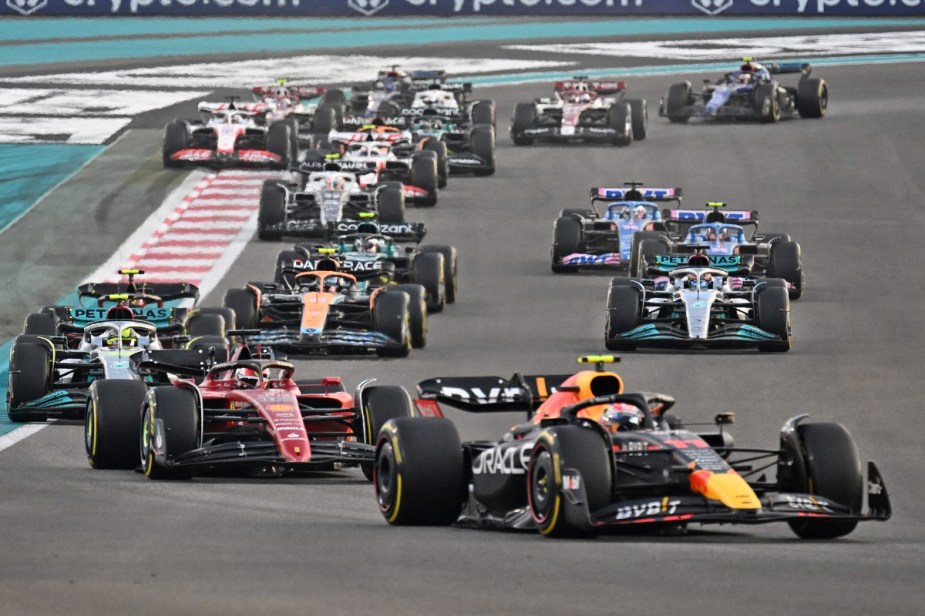
This year, we are seeing all of the Detroit Three show a renewed interest in auto racing. One way this has manifested is Ford’s decision to collaborate with Red Bull and build engines again. We also see Cadillac developing an all-new “V-LMDh” race car for the 24 hours of Daytona and the 24 hours of Le Mans. Finally, there is strong evidence that Dodge is planning to re-enter NASCAR, perhaps as soon as the 2024 season.
One reason these OEMs are renewing their relationship with autosports is the racing associations successfully reducing the cost of some events. But there is a second reason: because the manufacturers are looking to publically demonstrate new technology, motorsports are becoming a smart investment once again.
Motorsports is going hybrid
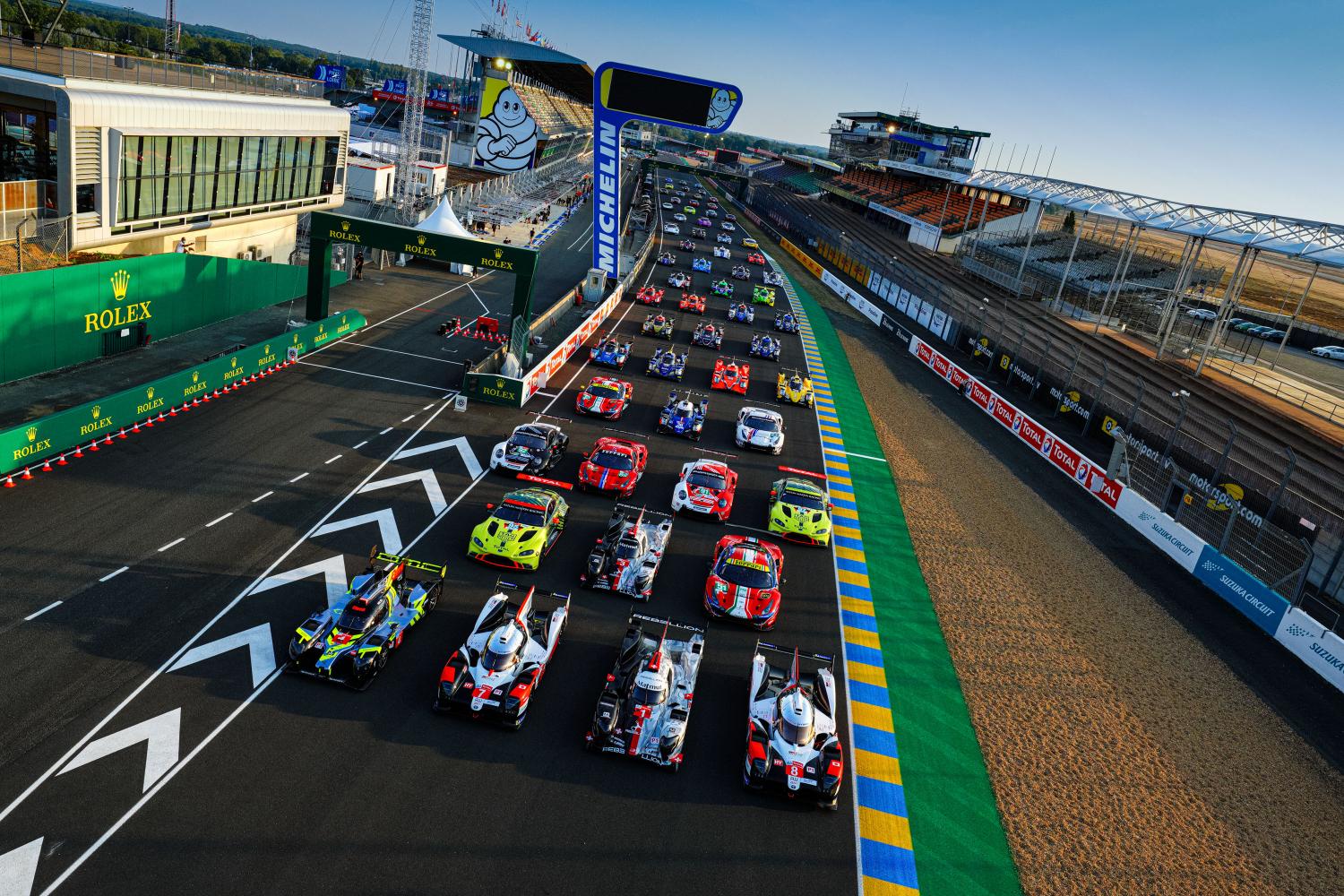
The new Cadillac V-LMDh that General Motors developed for both the 24 hours of Le Mans and the Rolex 24 at Daytona is for the hybrid class. The association creating this class actually lured Acura, BMW, and Porsche into these famous endurance races.
Ford has also announced that it plans to use Formula 1 to demonstrate its new hybrid technology. As part of its press announcement, it specified that it will be helping Redbull by contributing its extensive knowledge on electric motors, batteries, and control systems.
In addition, NASCAR has admitted that its decision to go hybrid in 2024 was a move to lure in new automakers. The association’s only OEMs are Toyota, Chevrolet, and Ford. It actually said that they know another OEM will only join once they go hybrid.
Next, read about Dodge’s rumored return to NASCAR or see Ford’s TV spot promoting its return to F1 in the video below:
